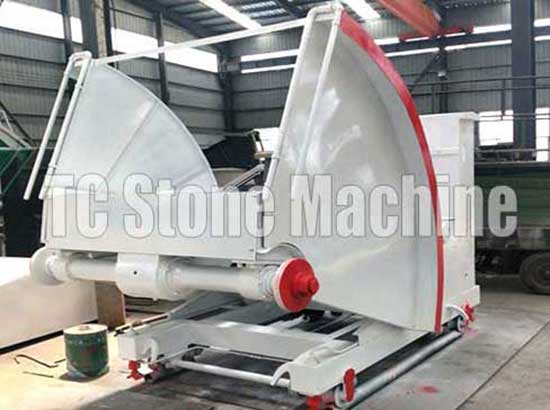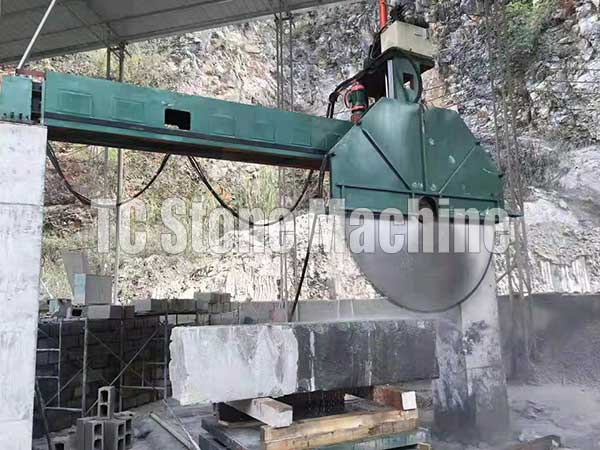Jig Saw Blades For Cutting Stone
Jig Saw Blades For Cutting Stone: Everything You Need to Know
Jig saws are versatile power tools that can cut through various materials. However, when it comes to cutting stones, not all jig saw blades are created equal. The type of blade you use can make all the difference in terms of efficiency, accuracy, and the quality of the final cut. This article will guide you through the process of selecting the right jig saw blade for cutting stone and offer some tips for optimal results.
The importance of choosing the right jig saw blade for cutting stone
Cutting stone requires the use of specialized blades that are designed to withstand the hardness and abrasiveness of the material. Using the wrong type of blade can lead to ineffective and inefficient cutting, imprecise cuts, premature blade wear, and even damage to the tool or the stone.Types of jig saw blades for cutting stone
 There are three main types of jig saw blades that are suitable for cutting stone:
There are three main types of jig saw blades that are suitable for cutting stone:
Diamond blades
Diamond blades are the most popular type of jig saw blade for cutting stone because they are incredibly durable and can cut through the toughest materials, including granite and marble. Diamond blades are made of high-quality diamonds embedded in a metal matrix, which provides excellent heat dissipation and ensures a precise cut. They also come in different grits, which allow you to choose the right one for your specific application.Tungsten carbide blades
 Tungsten carbide blades are another option for cutting stone, especially when the material is not too hard or thick. These blades are made of a hard and durable material that can withstand high temperatures and resist wear and tear. They are ideal for cutting through softer stones, such as limestone or sandstone.
Tungsten carbide blades are another option for cutting stone, especially when the material is not too hard or thick. These blades are made of a hard and durable material that can withstand high temperatures and resist wear and tear. They are ideal for cutting through softer stones, such as limestone or sandstone.
Bimetal blades
Bimetal blades are a combination of two materials – high-speed steel and high-strength steel. They are designed for cutting through a wide range of materials, including stone. Bimetal blades are ideal for cutting through thick, tough stones, such as slate or quartzite.
Factors to consider when selecting a jig saw blade for cutting stone
There are certain factors to consider when selecting a jig saw blade for cutting stone. These include:Blade material
 As mentioned earlier, diamond blades are the most popular choice for cutting stone due to their durability and efficiency. However, tungsten carbide and bimetal blades can also be suitable for certain applications.
As mentioned earlier, diamond blades are the most popular choice for cutting stone due to their durability and efficiency. However, tungsten carbide and bimetal blades can also be suitable for certain applications.
Grit size
Diamond blades come in different grit sizes, ranging from coarse to fine. The grit size you choose will depend on the hardness and thickness of the stone you are cutting. Coarser grits are better suited for harder and thicker stones, while finer grits are ideal for softer and thinner stones.Blade size and shape
The size and shape of the blade will depend on the type of jig saw you are using and the thickness and shape of the stone you are cutting. Make sure to choose a blade that is compatible with your tool and appropriate for the task at hand.Tips for cutting stone with a jig saw blade
Cutting stone with a jig saw blade requires some skill and technique to achieve optimal results. Here are some tips to ensure a successful cut:Use the right blade and grit size
As mentioned earlier, choosing the right blade and grit size is crucial to achieving an efficient and precise cut.Secure the stone firmly
Make sure that the stone you are cutting is held firmly in place to prevent it from moving during the cutting process.Start with a pilot hole
To ensure accuracy, start by drilling a pilot hole in the stone. This will provide a starting point and help guide the blade through the stone.Use a slow and steady pace
Use a slow and steady pace when cutting through the stone to avoid overheating the blade and prevent the stone from cracking or chipping.Protect yourself
Wear appropriate safety gear, including eye and ear protection, and work gloves, to protect yourself from debris and dust generated during cutting.Conclusion
Choosing the right jig saw blade for cutting stone is essential to achieve precise, efficient, and safe cuts. Diamond blades are the most popular choice due to their durability and versatility, but tungsten carbide and bimetal blades can also be suitable for certain applications. Make sure to consider the blade material, grit size, and size and shape when selecting a blade for your project. Practice safety measures and use proper technique to achieve the best results.Request for Quotation
[contact-form-7 id="59" title="Contact form 1"]




